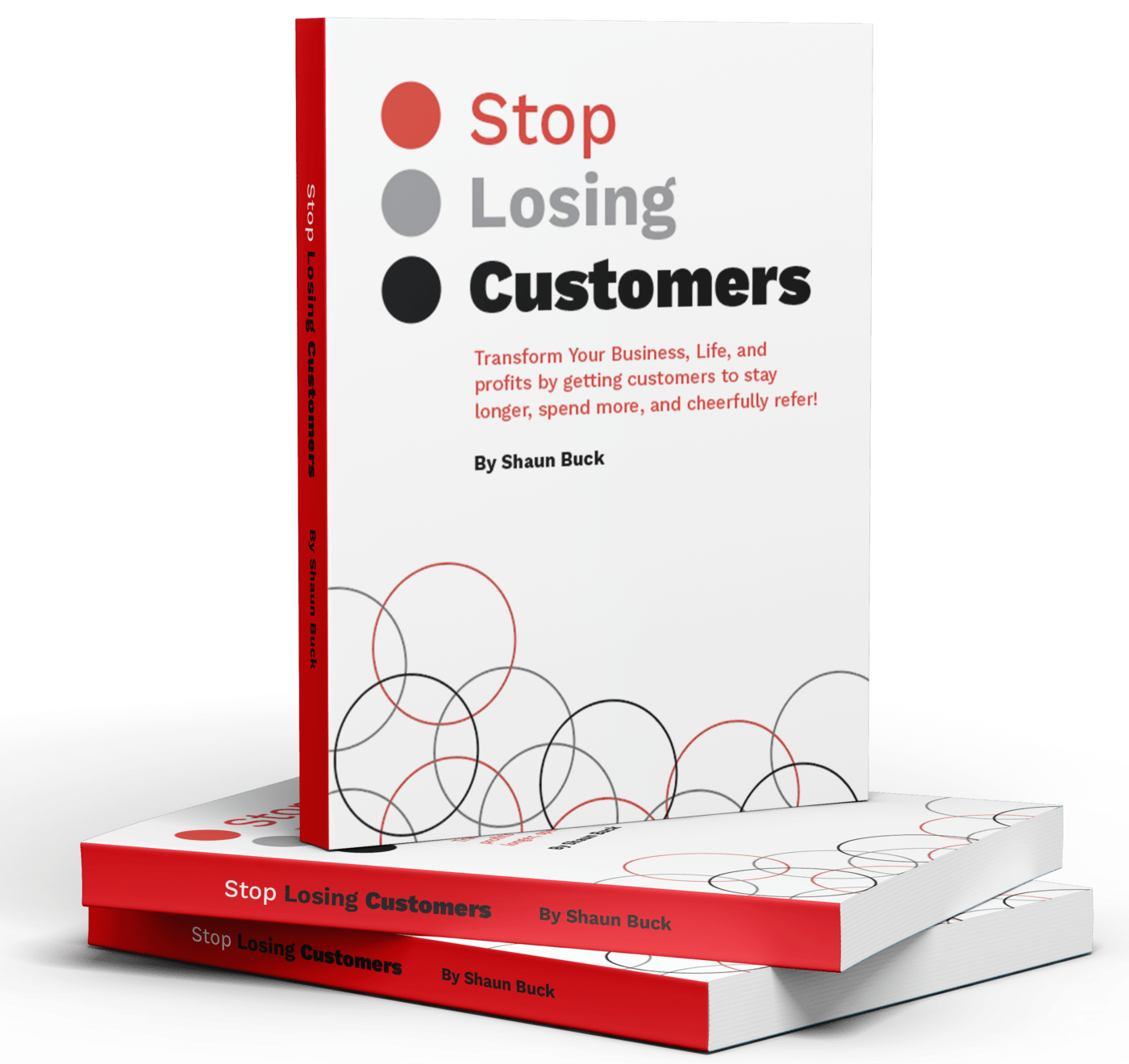The English language is complex and has many nuances that can be difficult to understand. Two words that are often confused by English language learners are “all ready” and “already.” In this article, we will explore the differences between these two words, how to use them correctly in a sentence, and how to enhance readability with the Flesch-Kincaid Score. We will also discuss red flags to look for in work-from-home writing jobs. By the end of this article, readers should have a better understanding of all ready vs. already and how to make their writing more readable.
All Ready vs. Already
Definition of All Ready
All ready is an adverb phrase that means “completely prepared” or “fully equipped.” It is typically used to express that all the necessary components are present and accounted for. For example, one might say, “We’re all ready to go on our vacation. We have our tickets, passports, and luggage packed.”
Definition of Already
Already is an adverb that means “by this time” or “sooner than expected.” It implies that something has happened before the present moment in time. For instance, one might say, “I already bought the tickets for the concert so we don’t have to worry about that anymore.”
Differences between the Two
The primary difference between all ready and already lies in their definitions and usage. All ready refers to a state of being completely prepared or having all the necessary components, while already refers to something happening sooner than expected or before the current moment in time. Additionally, all ready is an adverb phrase made up of two words, while already is a single-word adverb.
Another difference between these two terms lies in their spelling. All ready is often spelled as two words (all ready), while already is always spelled as one word (already). Furthermore, all ready can be used both at the beginning and end of sentences, while already can only be used at the beginning or middle of sentences but never at the end.
Examples of Usage
- Here are some examples of how these two terms can be used in sentences:
- We’re all ready to go on our vacation
- I already bought the tickets for the concert so we don’t have to worry about that anymore.
- Are you guys all ready for your presentation?
- Have you finished packing your suitcase already?
Definition of All Ready
All ready refers to a state of preparedness, where all necessary preparations have been made and the task at hand can be started immediately. It is used to describe a situation where everything is ready and the action can begin without any further delay. It is commonly used in both spoken and written English, often as a response to a question asking if something is ready. All ready implies that all components or tasks are complete and nothing else needs to be done before the activity can take place.
Definition of Already
Already refers to something that has happened prior to the current moment in time. It is used to indicate that an event has occurred in the past, either recently or some time ago. Unlike all ready, which implies readiness for immediate action, already indicates that something has already taken place and cannot be undone or changed.
Definition of Already
Already is an adverb that is used to describe something that has happened in the past, or something that was done before a certain point in time. It can also be used to express a sense of anticipation for something that is about to happen. For example, when someone says “I already did it,” they are expressing that they have finished a task before the present moment. Additionally, when someone says “I’m already late,” they are expressing their anticipation for being late for an event or appointment.
It is important to note that already cannot be used with the present perfect tense, as this would be incorrect grammar usage. Instead, the word “yet” should be used in this context.
Differences between the Two
The main difference between all ready and already is in their usage. All ready is typically used to refer to a situation in which everyone or everything is prepared, while already is used to describe something that has happened before the present time or before something else has occurred.
For example, if someone were to say “I’m all ready for the party,” it would mean that they have finished getting ready and are now prepared to attend the gathering. On the other hand, if someone said “I’ve already been to the party,” it would mean that they had attended at some point in the past.
Another key difference between these two terms is that all ready is usually used as an adverb, while already can be used as either an adverb or an adjective. For instance, if someone were to say “We’re all ready for dinner,” it would mean that everyone was prepared and could begin eating immediately. However, if they said “The food is already on the table,” it would mean that the food was in place prior to them making this statement.
In addition, all ready can also be used as an adjective when referring to a group of people or things being prepared together for a certain event or activity, whereas already cannot be used in this way. For example, if someone said “The team is all ready for the game,” it would mean that everyone was prepared and could start playing right away.
Finally, all ready can also be used as an interjection when expressing surprise or excitement about a situation being prepared and ready for action, while already cannot be used in this way. For instance, if someone were to say “We’re all ready!” it would indicate their enthusiasm about being fully prepared for whatever comes next.
Examples of Usage
The best way to understand the difference between all ready and already is by looking at examples of how each word is used in a sentence.
All Ready
All ready is used to describe when everyone or everything is prepared for something. For example, “We’re all ready for the party now that the decorations are up.” All ready can also be used to describe when two or more people are prepared to do something together, such as “Are you all ready to go?”
Already
Already is used to describe when something has happened before the present moment. For example, “I already ate lunch, so I don’t need anything else right now.” Already can also be used to emphasize that something has happened sooner than expected, such as “You’re already back from your vacation? That was fast!”
Enhancing Readability With the Flesch-Kincaid Score
What is the Flesch-Kincaid Score?
The flesch-kincaid score is a tool used to measure the readability of a text. It is based on two factors: the average number of syllables per word and the average number of words per sentence. The higher the score, the easier it is to read. The score ranges from 0 to 100, with higher scores indicating better readability.
How to Calculate the Flesch-Kincaid Score
Calculating a Flesch-Kincaid score is relatively simple. First, count the number of syllables in each word, then add up all of them. Next, divide this total by the total number of words in your text. Finally, calculate the average number of words per sentence by dividing the total number of words by the total number of sentences. To get your final flesch-kincaid score, simply multiply these two numbers together and subtract them from 100.
Benefits of Using the Flesch-Kincaid Score
Using a Flesch-Kincaid score can be beneficial in many ways. It can help writers ensure that their writing is easy to understand and comprehend by readers. It can also help writers identify areas where they need to improve their writing style or make changes to make their writing more readable. Additionally, using a Flesch-Kincaid score can help editors ensure that their work meets certain readability standards before it goes out for publication or distribution.
What is the Flesch-Kincaid Score?
The Flesch-Kincaid Score is a numerical measure of readability used to evaluate the complexity of written text. This score can be used to assess the difficulty level of a given piece of writing, and may be helpful in determining an appropriate grade level for comprehension. It is calculated by using two factors: sentence length and word difficulty. The higher the score, the easier it is to understand the text. A score of 0 indicates that it would take a college graduate to comprehend the text, while a score of 100 would suggest that a fifth grader could understand it.
How to Calculate the Flesch-Kincaid Score
The Flesch-Kincaid score is a numerical representation of readability that uses two metrics: average sentence length and average syllables per word. To calculate the score, first count the number of sentences in a passage. Then, count the total number of syllables in all words in the passage. Divide the total number of syllables by the total number of words to get the average syllables per word. Finally, divide the total number of words by the total number of sentences to get the average sentence length.
Formula for Calculating Flesch-Kincaid Score
The formula for calculating Flesch-Kincaid score is: 206.835 – (1.015 x Average Sentence Length) – (84.6 x Average Syllables Per Word). This formula produces a score that ranges from 0 to 100, where 0 is most difficult and 100 is easiest to read.
Calculating Example
For example, if a passage contains 50 words with 8 sentences and 120 syllables, then you would divide 120 by 50 to get an average syllables per word of 2.4 and divide 50 by 8 to get an average sentence length of 6.25. Plugging these figures into the formula yields a Flesch-Kincaid score of 65.17, which indicates that this passage is relatively easy to read.
By using this formula, writers can quickly calculate how readable their work is and make necessary adjustments accordingly. This tool can be particularly useful for ensuring that content written for webpages or other online platforms is accessible for readers with different levels of literacy or education backgrounds.






